Sometimes, maintaining clean air at home is as easy as using an air purifier. Nowadays, the air purifiers you can buy come with helpful features—like Shark air purifiers. However, these features can also confuse us. For example, what if it's always red? If that's your concern, let's discuss the details.
Shark air purifiers will usually have a ring light on the front display. If it's constantly giving you a red light, it means the room it is in has poor air quality. You can attempt to get a better rating by increasing the fan speed or setting the air purifier on Auto mode.
Technology is often confusing. Luckily, air purifiers are relatively easy to figure out. Many things can contribute to poor air quality in a room. If you need more help tackling this issue, keep reading. We'll go over some solutions!
What Does A Red Light Mean On Shark Purifiers?
Shark air purifiers track the air quality in a room with technology Shark calls Clean Sense IQ. It essentially uses an LED that changes color whenever it senses a change in air quality.
They use three colors to show the condition of the room; red is the worst rating. Red indicates the room it is in has poor quality with a high particle concentration level.
Therefore, if your air purifier is always red, something in your room affects the rating. There are a few ways you can tackle this issue. First, we can go with Shark's recommendation.
How To Remove The Red Light
Shark recommends increasing the fan speed. There are three you can pick. Speed setting two is strong enough to remove odors; three filters allergens in the air; four provides the best cleaning.
You can increase the fan speed incrementally. Maybe two will be enough to remove the red light. Otherwise, go for the max setting. It's worth noting that it is the noisiest of the three. So, it might bother other people sharing the room.
Alternatively, you can set the fans on Auto mode. This way, the air purifier will switch fan speeds automatically. It will change back to a quieter setting once it filters the contaminants in the air.
What If The Air Purifier Is Still Red?
If your Shark air purifier continues to show a red light, it's time to consider external factors. Look around the room. Try to identify anything that could contribute to poor air quality.
As the EPA states: "The most effective way to improve indoor air quality is to eliminate individual sources of pollution or to reduce emissions."
Let's take a look at some sources of indoor air pollution.
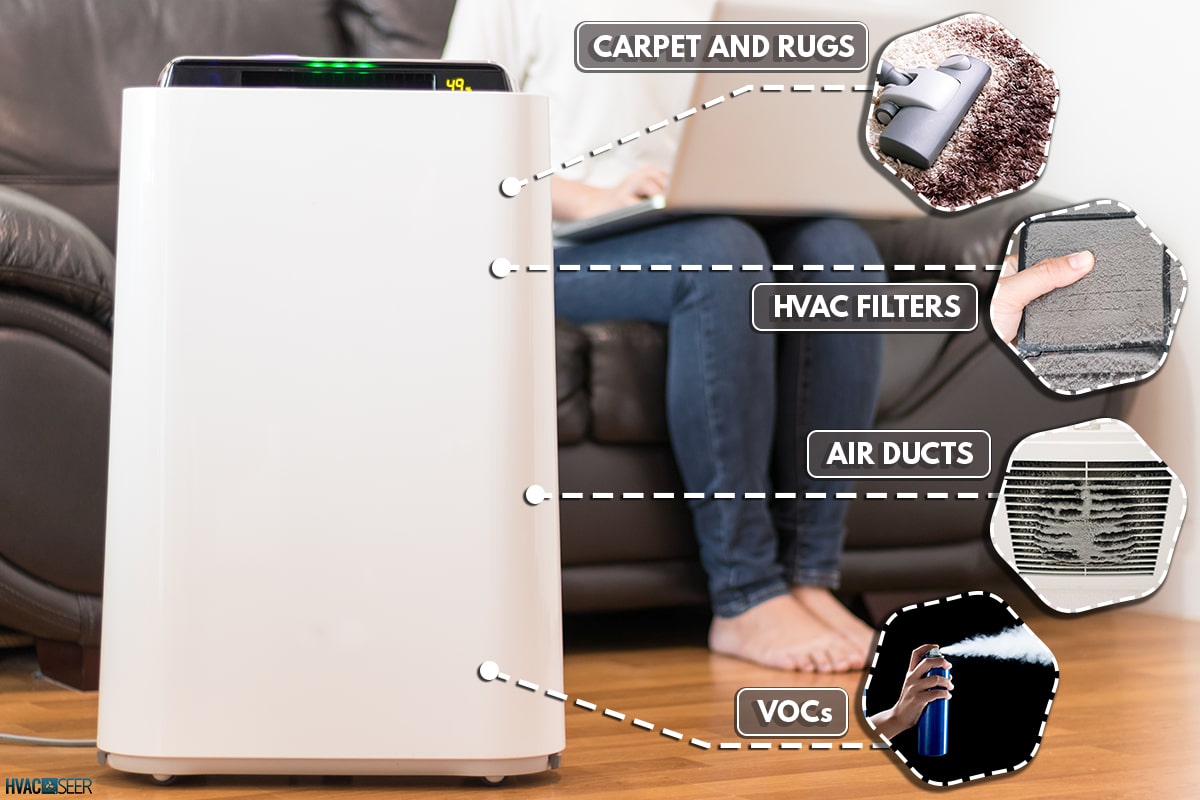
Carpet And Rugs
Two items that can contribute to air pollution in your home are rugs and carpets. Sure, they can increase the comfort of your home. However, they're also efficient at trapping different kinds of particles.
Over time, dirt will build deep inside the carpet's fibers. Thus, a simple vacuum won't help. Instead, it will disturb settled particles—which will cause them to become airborne.

As a result, your Shark air purifier will continue giving you a red reading. The American Lung Association recommends deep cleaning carpets with a dry steam cleaner.
This way, you can remove all the dirt and debris without making them airborne.
AC/HVAC Filters
HVAC systems help homeowners maintain a comfortable temperature throughout the seasons. They spread hot or cold air when the situation calls for it. However, did you know they can also contribute to indoor air pollution?
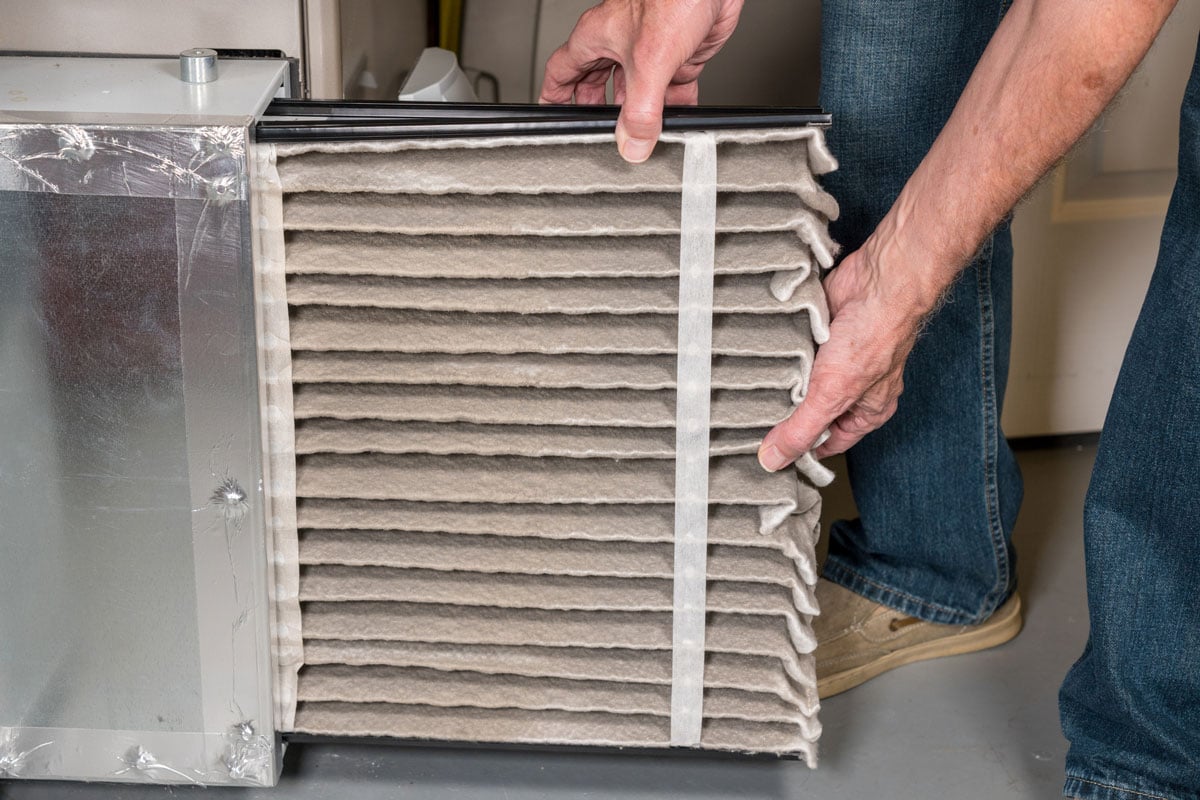
It's unintentional, but your HVAC system could be why the Shark air purifier is always red. HVAC systems use filters to avoid spreading contaminants in your home.
However, if you haven't changed the air filter in some time, it could stop doing its job. Instead, it will start doing the opposite. In other words, it will make space in the filter by pushing contaminants out and into your vents.
Of course, this means you're breathing in poor-quality air. In addition, it's giving your HVAC system a more challenging time doing its job.
Change your HVAC filter and see if that solves your air purifier problem.
Air Ducts
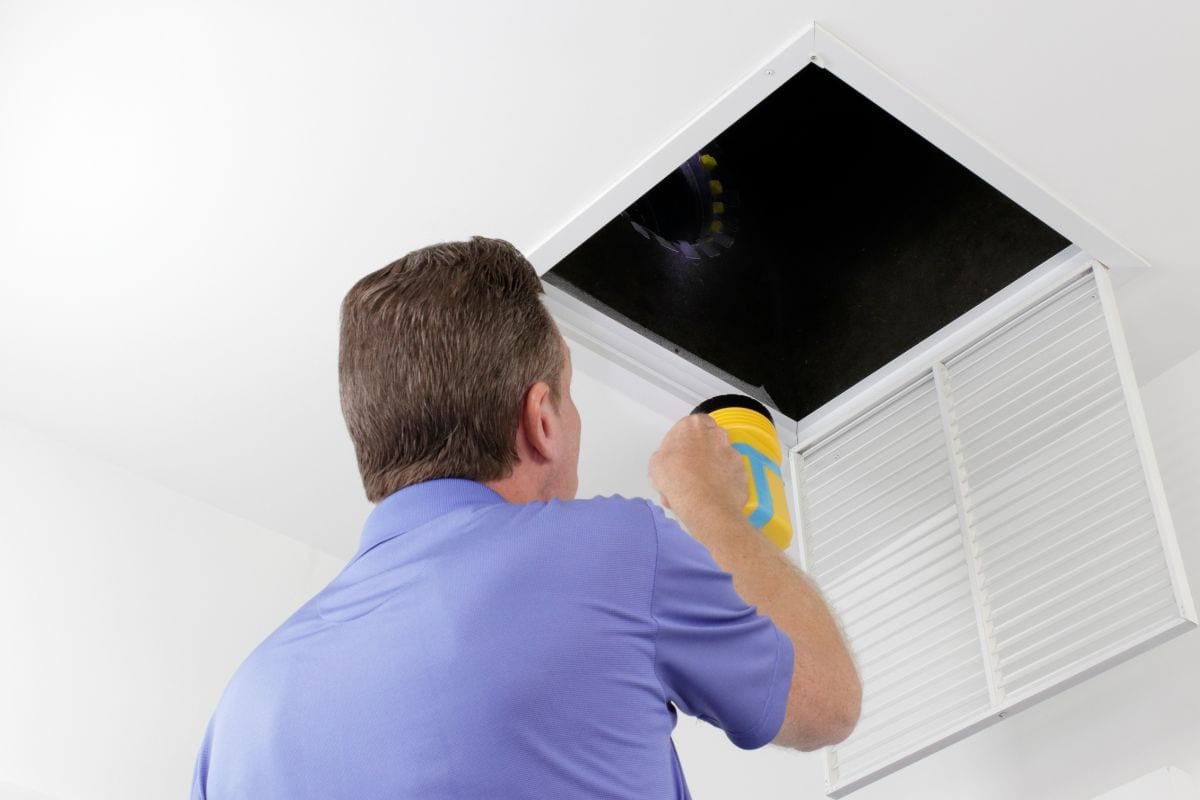
If the air purifier continues to be red, there could be a problem within your air ducts. Air ducts with HVAC systems distribute hot and cold air throughout your home.
They could distribute contaminants around your home when not maintained or installed correctly. If you suspect the air ducts are the culprit, hire a professional to inspect them.
VOCs
Air ducts, HVAC filters, and carpets are some of the more noticeable sources of air pollution. They're items that you or a professional can observe with your eye.
However, there is another source of air pollution that we can't see. Professionals refer to them as VOCs—volatile organic compounds. A wide range of products can emit these gases.
The EPA lists these items as typical sources of VOCs:
- Paint
- Aerosol sprays
- Cleansers and disinfectants
- Air fresheners
- Moth repellents
- Hobby supplies
- Furnishings
- Copiers and printers
- Glues, adhesives, permanent markers, and photographic solutions
You may have to test some of these items to see if they affect your air purifier. One easy way to check is by relocating the air purifier to another room; check if the rating changes.
If it does, there might be an item in the room you didn't know is emitting VOCs. You'll have to find out what's affecting the air purifier from here.
The Air Purifier's Filter
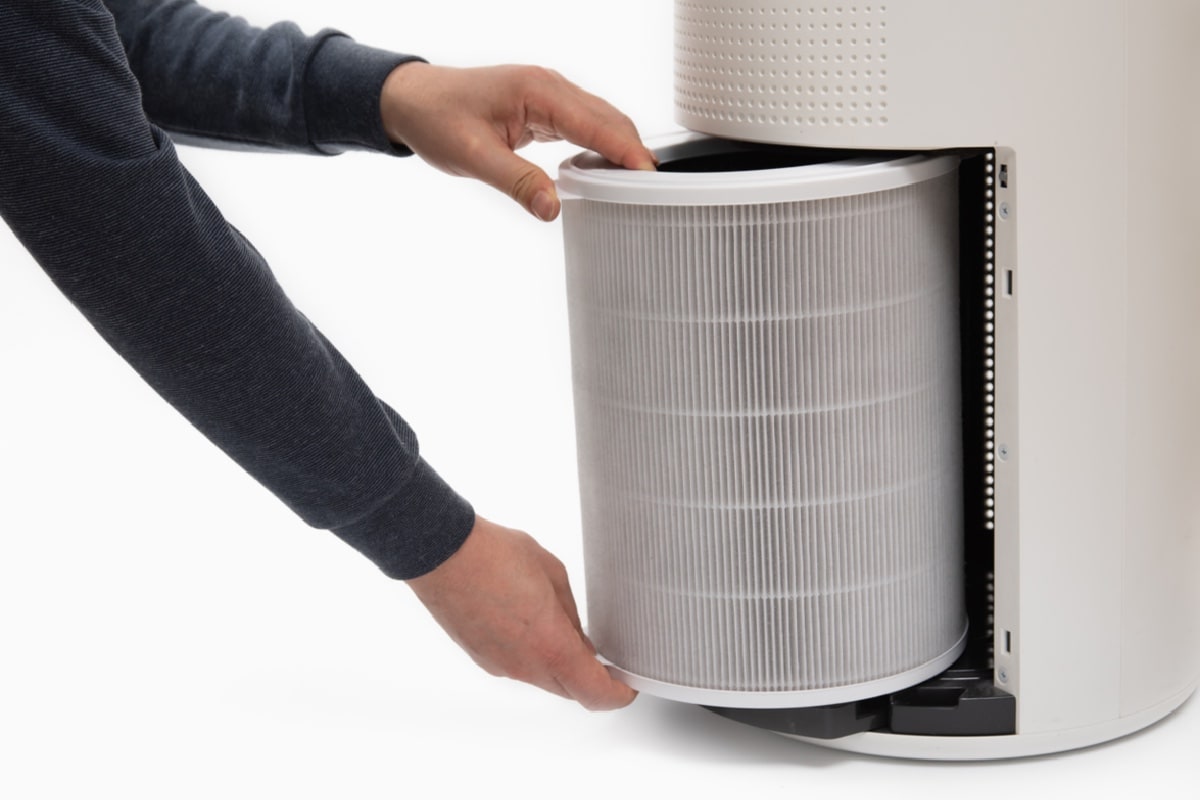
If you've tried the process of elimination to find what's affecting your air purifier rating, there could be one component you might've missed. It's the filter!
How long has it been since you've cleaned or replaced it? Shark air purifiers will usually tell you when it needs a change. Will it affect the air quality rating, though?
The short answer is yes. HEPA filters are efficient at catching all sorts of particles. It's typically a good thing, but it can also be detrimental. If the air quality in your area isn't that great, your HEPA filters will clog faster.
Since the filter is clogged, it will reduce the airflow of the air purifier. Additionally, it won't be able to trap particles anymore. So, it's simply redistributing them.
Check the filter's condition if you suspect that might be the case.
Can You Wash the Shark Air Purifier Filter?
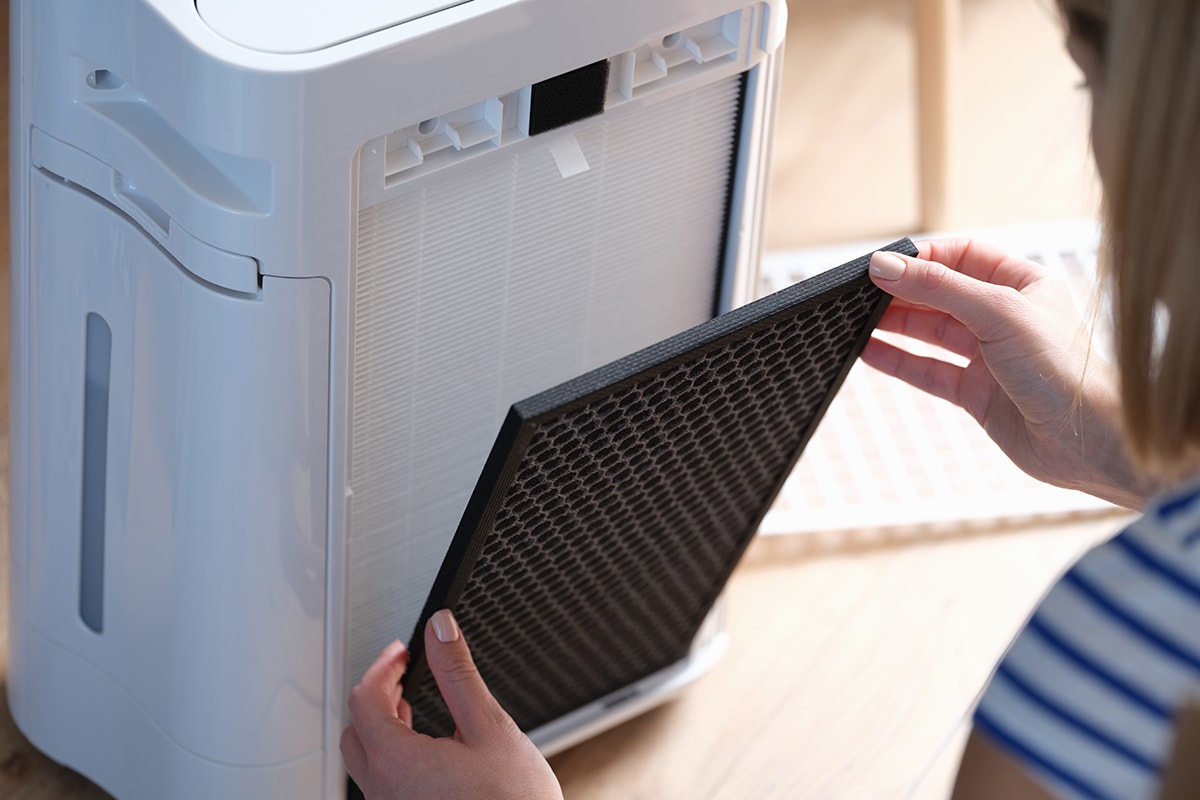
Air purifiers are a tremendous help in achieving good air quality at home. However, it comes at the cost of filter replacements. As we know, Shark air purifier filters don't come cheap.
Can you get away with washing it? Unfortunately, that's not recommendable. Shark doesn't specify if their filters are reusable on their website. Instead, they recommend replacing it with a new one every 6-12 months.
That timeframe is shorter or longer, depending on your conditions at home. If you'd like, you can attempt to wash it. Still, be careful with your method of cleaning.
Some HEPA filters can't handle water; water can break them. As a result, you'd have to purchase a new one immediately.
Click here to see this filter on Amazon.
Why Does My Shark Air Purifier Always Read 100%?
Tracking air quality in your home in real-time is a neat feature. However, what if it seems like the rating always stays the same? Some Shark air purifiers may read 100% air quality all the time.
It begs the question—why does it always read 100%? It means your air quality is good most of the time. It could make us doubt the air purifier is working as intended. Nevertheless, you can ease your mind by testing the air purifier to see if it's working correctly.
As Shark claims, their air purifiers track air quality in real-time. So, the reading should fluctuate based on the activity you are doing. Try cooking, dusting, or spraying cleaning products near the air purifier.
If the rating changes, we can confirm it's working as intended. Otherwise, you might have a defective unit. You'll have to contact Shark representatives to see what to do next.
Can I Leave My Shark Air Purifier on All the Time?
Everyone wants clean air; one way to accomplish this is by leaving the air purifier on 24/7. This way, you can get consistent filtration. Is it a good idea to leave it on?
Shark does mention it's OK to leave their air purifiers running all day. However, it comes with its consequences. Since it's running constantly, the filter will become clogged quickly.
It all depends on the fan speed you leave it on. At best, you can minimize the effect on the filter's lifespan by leaving the air purifier on Auto mode.
In Closing
Air purifiers typically have simple ways of telling us when something's off. The consequence of this simplicity is that it leaves the rest of the work up to us. Hopefully, we shared enough information to help you find what's making your Shark air purifier glow red.
Before you go, do you have other Shark air purifier concerns? If you've decided to clean it instead of replacing it, we can help! For more information, check out this post:
How To Clean A Shark Air Purifier Filter [Quickly & Easily]
Here are other topics you can check out:

